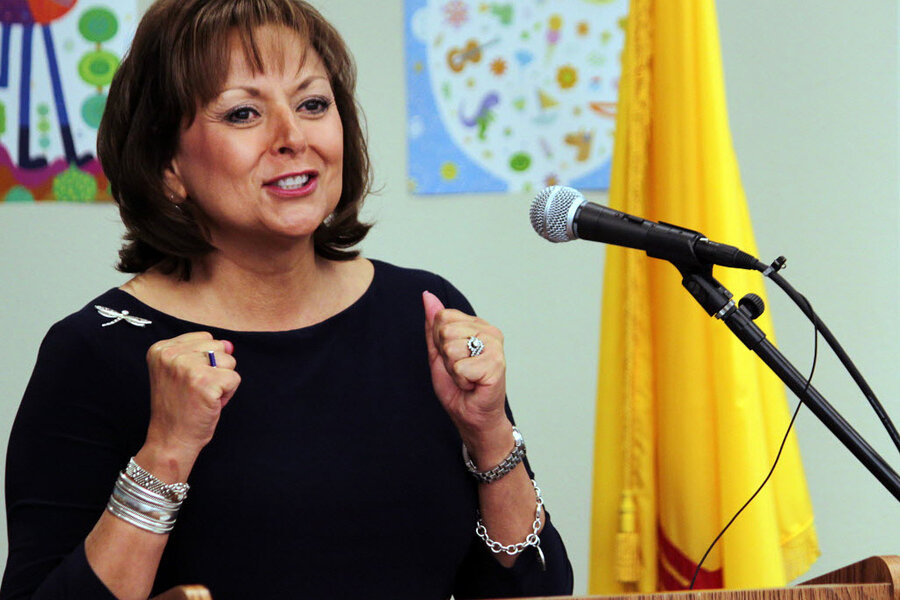Internet access in schools is rapidly increasing. Here's why.
Loading...
Efforts to provide high-speed Internet access to schools across the country have rapidly gained steam over the last two years, with 20 million additional students able to access the Internet, a new report has found.
77 percent of districts now meet a minimum standard set by the Federal Communications Commission of providing Internet speeds of at least 100 kbps for each student, up from 30 percent in 2013, according to a report released on Thursday by education non-profit Education SuperHighway.
So far, Hawaii and Wyoming have achieved 100 percent connectivity for their public school students, the group found.
The change is due in part to the FCC’s modernization last year of its E-Rate program, which provides federal funding to increase broadband access in schools and libraries. The agency increased federal funding from $470 million in 2013 to nearly $680 million this year, causing the median price of Internet access paid by schools to drop from $22 per mbps in 2013 to $11 per mbps two years later, according to the report.
“Frankly, I was taken aback,” Evan Marwell, Education SuperHighway’s founder told Wired, referring to the increase in student Internet access. “But then as I started to think about why it’s happening, it makes a lot more sense.”
The group also worked with state governments across the country to expand their commitments to improving Internet access for students, gaining the support of 38 governors across the country, particularly focusing on improving access in rural areas, the report says.
On the national level, President Obama’s ConnectED initiative has pledged to provide high-speed Internet access to 99 percent of students by 2018, while FCC Commissioner Jessica Rosenworcel has been working to address many students’ lack of Internet access at home.
Mr. Marwell, a former start-up entrepreneur, has used his own connections to galvanize support. The group has received a significant boost from Facebook’s Mark Zuckerberg, who announced on Monday that he and his wife, Priscilla Chan, were donating $20 million to the group, following an additional $3 million they pledged in 2013, the New York Times reports.
Mr. Zuckerberg, who has invested in several education-related initiatives since 2010, is supporting the group as a way to advance his own goal of advancing “personalized learning” — using online platforms to closely tailor education to the needs and interest of particular students, according to the Times.
“Mark and Priscilla believe that equipping K-12 classrooms with Internet connections is essential for students to thrive in the knowledge economy,” Jen Holleran, executive director of Startup:Education, a nonprofit that oversees the Zuckerberg family’s educational giving, said in a statement. “Fast, reliable broadband is the foundational infrastructure that is needed to bring personalized and digital learning to every child and teacher in America."
Education SuperHighway has now set its sights on what it estimates are more than 21 million students and 23 percent of school districts that still lack the FCC's minimum level of Internet access. It’s particularly focused on encouraging districts to expand their use of E-Rate allocations. For example, this year, only 50 percent of schools used the $150-per-student grant the program gives to schools to pay for upgrading their Wi-Fi and local area network connections, the group says.
Marwell says the group’s mission to provide students with high-speed Internet access is one that crosses often-bitter political divides, pointing to the support from statehouses across the country.
“I feel pretty confident,” he told Wired, “that even in an environment where they’re trying to cut government spending, that taking money away from putting broadband in schools is going to be pretty low on the priority list.”





